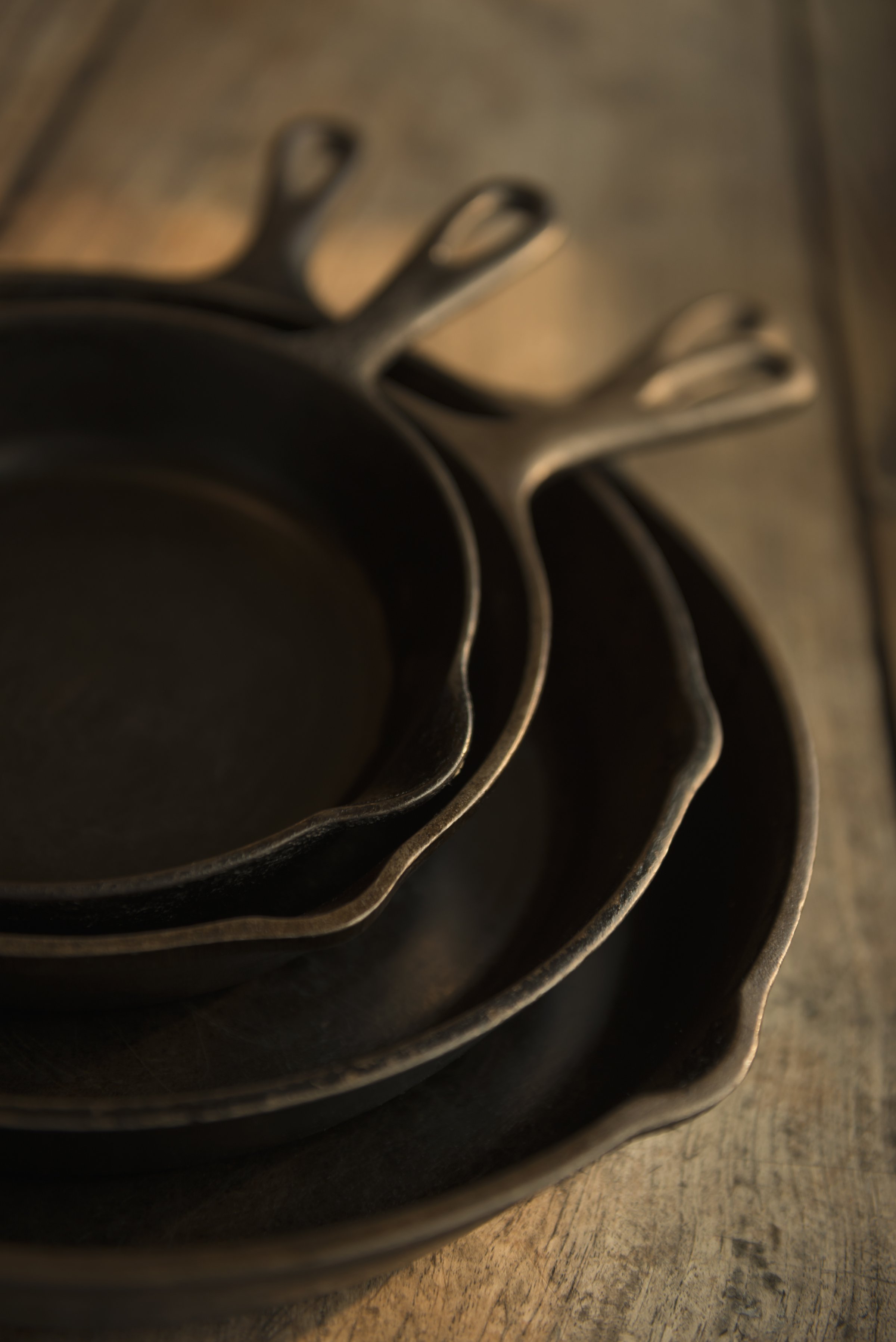
Technique 1: Slow Roast
This hands-off method (the oven does the work) gets the most flavor out of vegetables and ensures an even, fork-tender finish on a large cut of meat. (Fast, high heat can dry out the edges before the center is cooked.) You’ll need time, but slow roasting can transform tough ingredients. Take tomatoes: Even not-so-great ones become irresistible as the low heat slowly removes water and concentrates their flavor. They’re excellent in a simple pasta salad or served with ricotta on crusty bread or toasted baguette slices.
Technique 2: Poach
Not to be confused with boiling, poaching is the art of cooking in a flavored liquid kept at a low simmer (just a few bubbles around the pan). The result: a well-seasoned, supremely moist dish that’s almost impossible to mess up. Poaching allows for more wiggle room to cook a recipe just right, making it a go-to technique for a plump chicken breast or fillets of fish that can easily overcook (or cook unevenly) at high heat. The broth slowly flavors the dish as it cooks, so don’t skimp on seasoning. Green onions, whole spices, and fresh herbs are great additions.
Technique 3: Sear
A crisp, golden brown exterior on meat or fish signals deep, savory flavor—and looks pretty, too. Start by patting down the meat or fish with a paper towel. (Moisture creates steam, which hinders browning.) Next, preheat the pan over high heat, then add the oil. When the oil is shimmering and hot, add the meat and let it cook unbothered. It’s ready to flip when a corner lifts easily from the pan. If it sticks or tugs, give it a minute or so more. Thin cuts (like the chicken shown here) can be cooked completely on the stovetop. Thicker cuts (like steak) need to be transferred to the oven, either in the skillet or on a sheet tray, to cook to a rosy medium-rare.
Technique 4: Blanch and Shock
The best way to preserve the color and the nutrients of vegetables is to boil them briefly in water (blanch), then cool them quickly with a dunk in an ice bath (shock). This technique also helps firm the flesh of a fruit while loosening the skin, which makes peeling (peaches or tomatoes, for example) easier. And it works for herbs, too: Blanch and shock basil before making a pesto for a sauce that stays bright green (not brown!) even after it’s been tossed with hot pasta or stored for several days.
Technique 5: Emulsify
If you find it almost impossible to stop dunking fries, vegetables, or your fingers into homemade aïoli or dressing, then you’re enjoying the magic of emulsification. What is that, exactly? It’s the process of combining two liquids that don’t normally mix (like oil and vinegar) into a creamy, unified concoction. But dispersing and suspending tiny droplets of one liquid throughout the other takes patience, so don’t rush. Start adding the oil a drop at a time while whisking constantly. Work up to a slow, steady drizzle, whisking all the time. This classic, garlicky aïoli is delicious for dipping, stirring into a fish stew, or simply spreading on thick slices of country bread.
Technique 6: Macerate
You probably know the pleasure of macerating fresh summer fruit—essentially setting it aside to soften in a coating of sugar to draw out the flavorful juices. But this tenderizing technique also works with savory foods, using salt instead of sugar. Rubbing kale leaves with salt and lemon juice will soften them for a raw salad. Macerating onions in a salt-and-vinegar bath will mellow their flavor and also deepen their color, yielding a pungent (and, in this case, beautifully pink) pickle that’s great on everything from deviled eggs to burgers.
This article originally appeared on RealSimple.com.
More from Real Simple:
More Must-Reads from TIME
- Donald Trump Is TIME's 2024 Person of the Year
- TIME’s Top 10 Photos of 2024
- Why Gen Z Is Drinking Less
- The Best Movies About Cooking
- Why Is Anxiety Worse at Night?
- A Head-to-Toe Guide to Treating Dry Skin
- Why Street Cats Are Taking Over Urban Neighborhoods
- Column: Jimmy Carter’s Global Legacy Was Moral Clarity
Contact us at letters@time.com